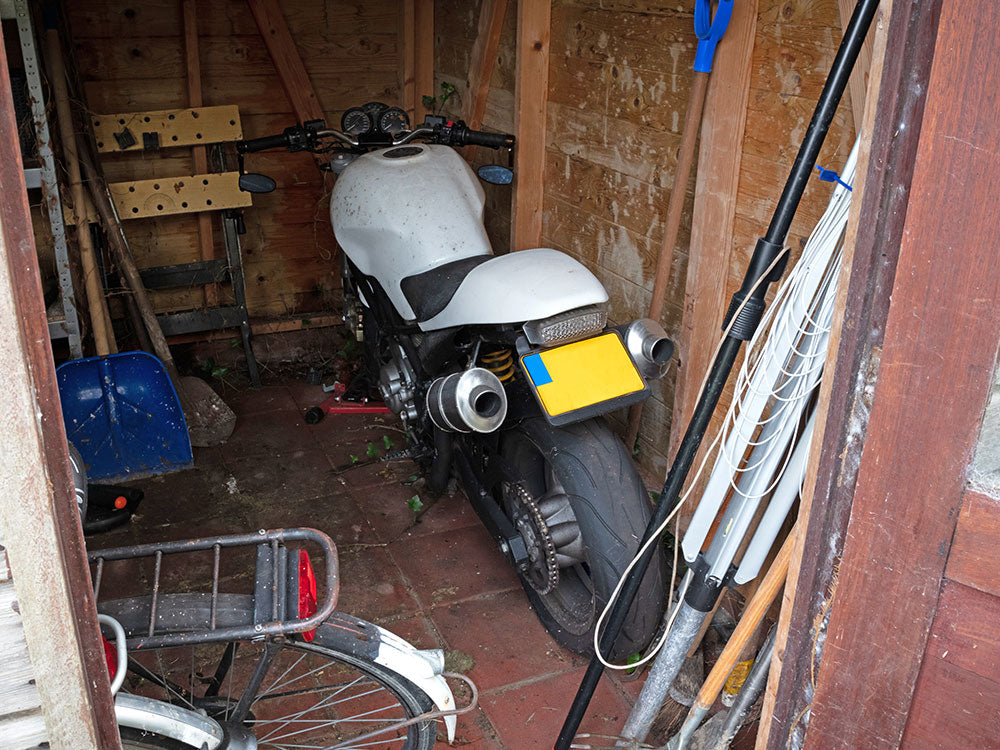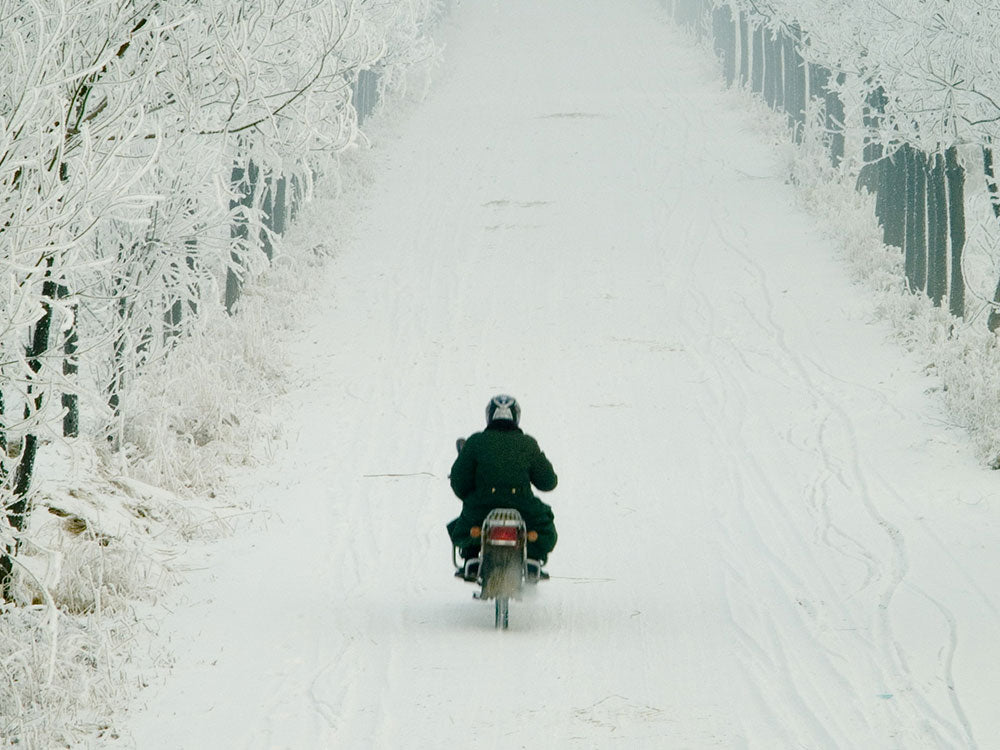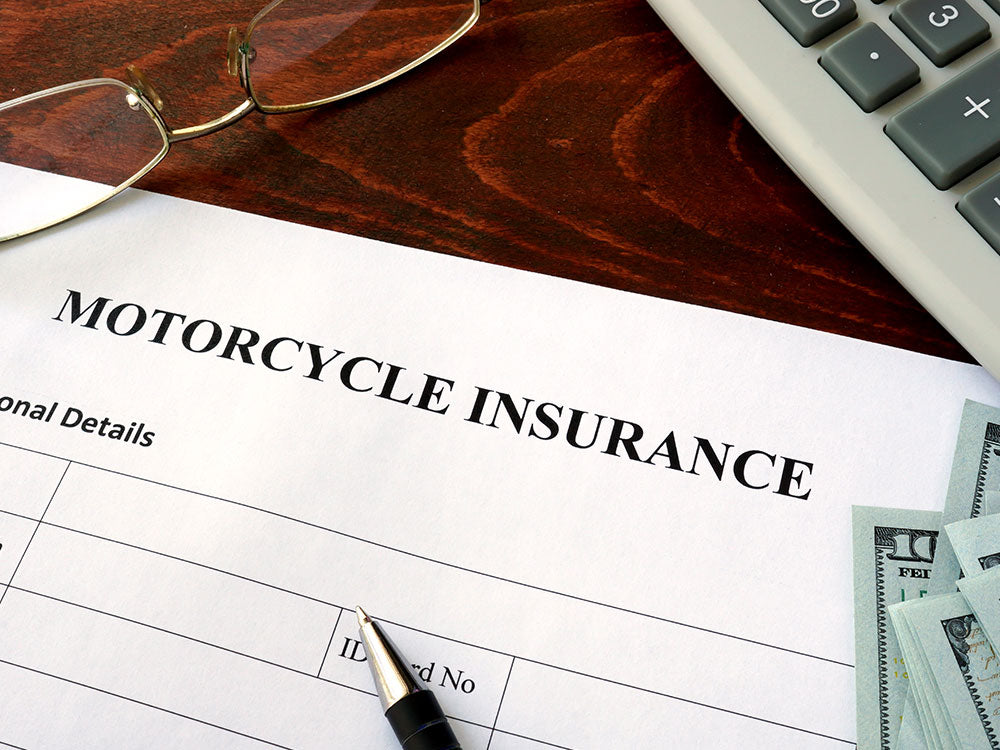Table of Content
1. Introduction
Motorcycles are high-powered, aerodynamic, and speedy two-wheelers, yet despite all these features, they cannot be ridden year-round, especially during the winter. Winter is a season full of heavy snowfall, freezing temperatures, and less daylight. None of which makes for ideal riding conditions for motorcyclists.
Because weather and road conditions during the winter are too dangerous for motorcycle riding, most riders decide it is best to put their vehicles away until spring comes around again. While leaving a motorcycle sitting in a garage for a few months may seem simple enough, there are several steps you have to take to ensure it stays in good condition while it is put away during the winter.
You must provide maintenance and check your motorcycle’s condition before putting it away for winter storage so that it is ready to go when you take your motorbike out again for the warmer months. This article provides a comprehensive list of the steps you need to take to prepare your motorcycle for winter storage.
2. Clean Your Motorcycle’s Chassis
Whether riding out in the wilderness or through the city streets, your motorcycle’s chassis will become covered in a thin layer of dirt, dust, and debris. If the grimy surface is left uncleaned for a long time, the metallic parts, such as the handlebars, will become corroded with rust which will shorten their longevity and weaken their structure. Plus, the layers of debris may become caked on and will be harder to remove with water and soap if left uncleaned for too long.
Using a hose or a bucket full of water, douse every part of your motorcycle’s exterior. Then, use a damp sponge or rag covered in soap to wipe down every surface. Make sure to press when scrubbing to help loosen and wipe away the caked-on layers of debris. Afterward, leave your motorcycle outside in the sun to dry or wipe it down with clean, dry rags.
3. Change Engine Oil & Filter
Old engine oil left stagnant for an extended period can cause your motorcycle’s engine components and filter to become corroded because there may be pollutants mixed in with the oil. When changing out the engine oil, check that you get the appropriate type that fits your specific model and is suited for the winter.
Before draining the engine oil, have an oil pan positioned below ready to catch the liquid. Make sure to completely drain the engine of every last drop of old engine oil. Afterward, remove the old filter and lubricate the inside of the engine before fitting the new filter. After the new filter is bolted on and the oil drain plug is replaced, pour the new engine oil up to full.
4. Lubricate the Moving Parts
Because your motorcycle will remain stationary throughout the winter, you will want to lubricate its tires, chains, and engine to prevent excess moisture or dust from accumulating and causing your motorcycle’s parts to seize up.
Using a lubricant like oil to coat the sides, joints, and connecting ends of the components listed above will help protect them from freezing temperatures. By the time spring comes around, the lubricated parts should be able to rotate or operate smoothly without issue.
5. Refill the Fuel Tank
Even if you do not plan to ride your motorcycle, it is best to keep your motorcycle’s fuel tank full. The lack of open space within the fuel tank will prevent excess moisture and rust from building up along its walls. It is best to drain any old fuel before storage since there may be pollutants mixed in that may cause corrosion. Leaving old fuel inside your fuel tank may cause blockage in the fuel filters, injectors, and jets.
Before you drain the old fuel, make sure you have a container to catch it all. Make sure to completely drain the fuel tank of every last drop of fuel. Fill up to ¾ of your fuel tank with gas, then add some fuel stabilizer to prevent pollutants from forming. Finish filling up the rest of your fuel tank with gas. Turn on the ignition and let your motorcycle run for at least five minutes so the fuel stabilizer can mix with the gas.
6. Pump and Alleviate Tire Pressure
Your motorcycle being stationary for an extended time means that there will be constant pressure at the bottom of the tires. Your motorcycle’s tires may become deflated, or the bottom of the tires will become flattened.
If you own motorcycle stands, you can use them to prop up your motorcycle’s tires to keep them off the ground. If you cannot place motorcycle stands at both tires, you should at least position a motorcycle stand at the front tire so that less pressure is on the rear tire.
Regardless of whether you have motorcycle stands or not, you should periodically rotate your motorcycle’s tires so that pressure does not rest in one place.
If you do not have motorcycle stands, pump the tires to their maximum PSI so that they will only deflate slightly, and make sure to rotate them frequently so that pressure does not rest in one place.
7. Block the Exhaust Pipes
While your motorcycle is alone in the garage, small rodents may sneak in and try to make a home inside your vehicle’s exhaust pipes. Vermin perceive exhaust pipes as warm refuges from freezing temperatures. To prevent this, you need to find a way to block the holes by using plugs, plastic bags, or rags. Make sure that the holes are completely sealed and cannot be pried open by teeth or claws.
8. Re-Charge Motorcycle Battery
If you plan to keep your motorcycle in storage for an extended period, you may want to remove the motorcycle battery from your ride. Because a motorcycle battery will gradually lose power even when not in use, it is recommended you place it in the relatively warmest place in your garage. Colder temperatures will cause your motorcycle battery’s charge to decrease quicker than usual. To ensure your motorcycle battery is fully charged, connect it to a trickle charger since it will feed a steady, low stream of electricity without causing damage or reducing the battery’s longevity.
If you prefer to keep your motorcycle battery on your vehicle, you will have to turn on the ignition and let the engine run for a few minutes to charge the battery.
9. Clear Storage Space
When picking a location to store your motorcycle, check that the storage space is dry, clean, secure, and has the appropriate dimensions. Many riders have a garage or a shed near their place of residence. When clearing up space, check that there are no sharp tools on the ground and enough clearance so that the motorcycle’s chassis does not scratch against the walls or other large stationary objects.
If you do not have a room with adequate space to house your motorcycle during the winter, you may have to rent a nearby storage unit or leave it parked outside.
10. Cover Your Motorcycle
Most motorcycle covers are large, tear-resistant polyester sheets that envelop the entire motorcycle, except for the bottom of the tires and the kickstand. The size of the motorcycle covers differs depending on the specific vehicle type they are suited for, so check that the motorcycle cover you pick has the correct dimensions. A motorcycle cover should protect your ride from rain, snow, wind, debris, rusting, or minor damage like scratches or dents. Whether stored indoors or outdoors, a motorcycle cover is essential to keeping your motorcycle in good condition during the winter.
11. Conclusion
There is nothing quite as painful for a motorcyclist as having to wait for months on end for the opportunity to get back on their favorite ride. But the reality is that winter can make it risky, even impossible, for motorcyclists to go on long-distance trips and enjoy themselves fully. If you live in a region that has frequent snow storms and icy roads, the best thing you can do is patiently wait for weather conditions to change. But even when you take a break from riding during the winter, you still have a responsibility to maintain the state of your motorcycle. If you take the time and follow every step to prepare your motorcycle for winter storage, you will be rewarded when the prime motorcycle season returns.
While you are waiting for motorcycle season, keep yourself busy by browsing for and purchasing motorcycle luggage at Viking Bags. If you would like to increase storage capacity, get yourself leather, hard, or universal saddlebags. You can also improve your motorcycle’s capabilities by getting aftermarket parts, including sissy bars, crash bars, or fairings.













Leave a comment
All comments are moderated before being published.
This site is protected by hCaptcha and the hCaptcha Privacy Policy and Terms of Service apply.